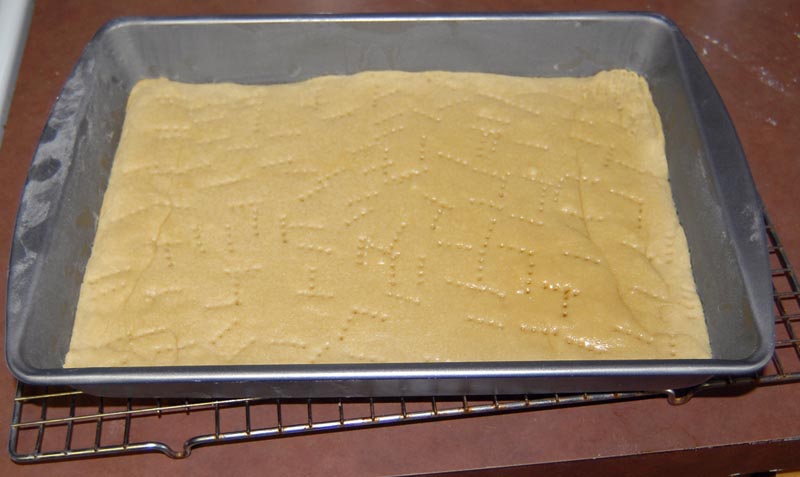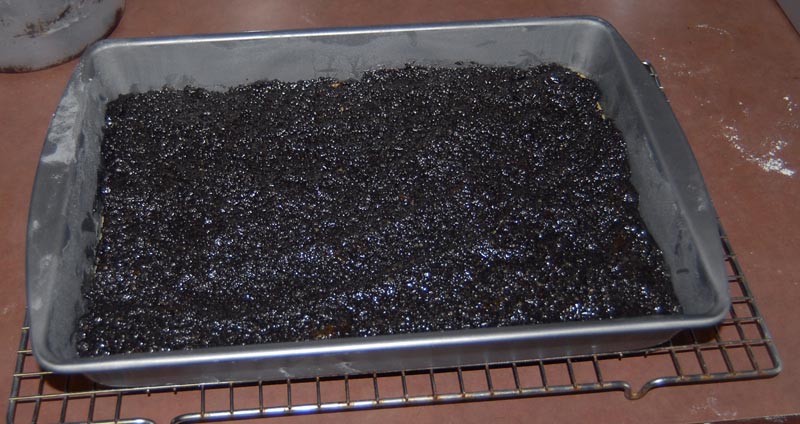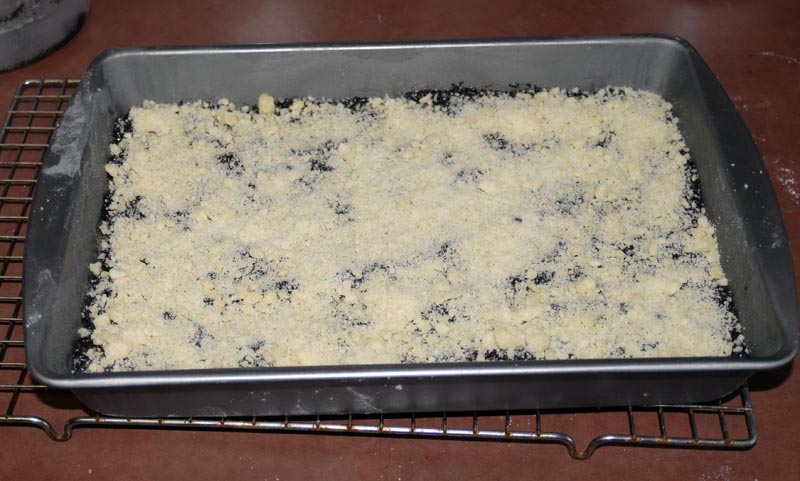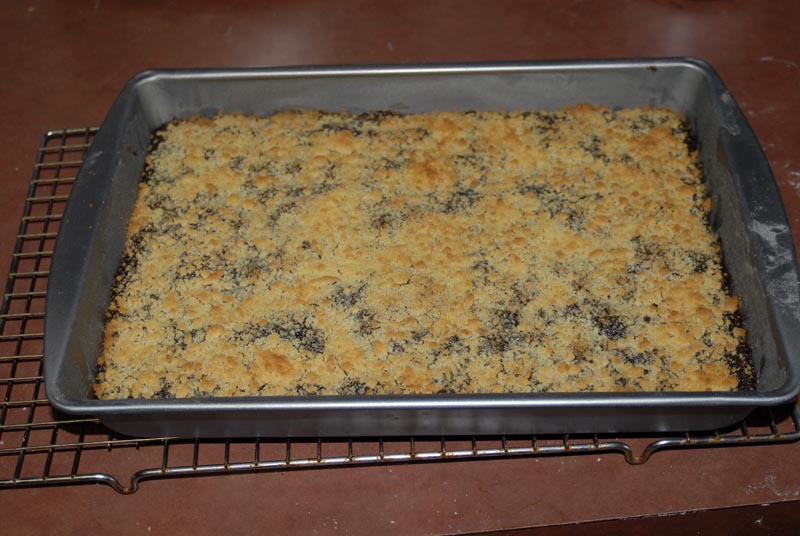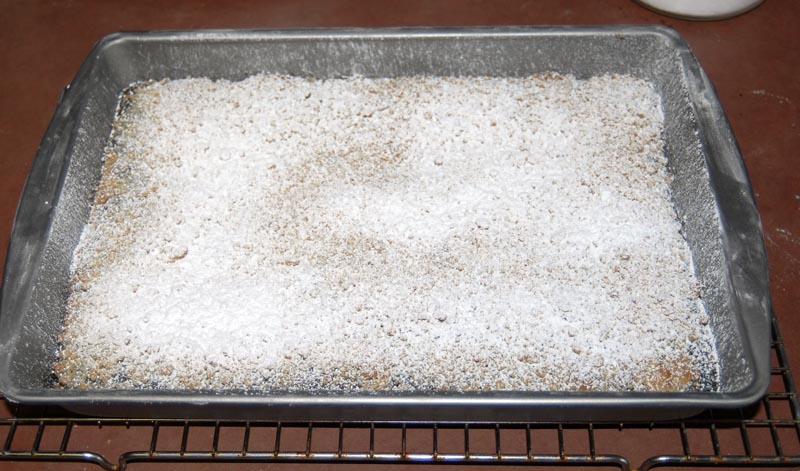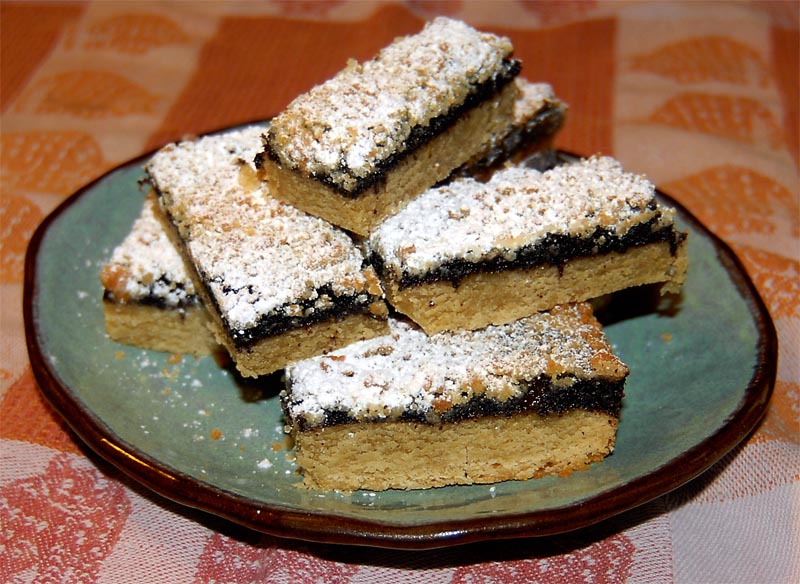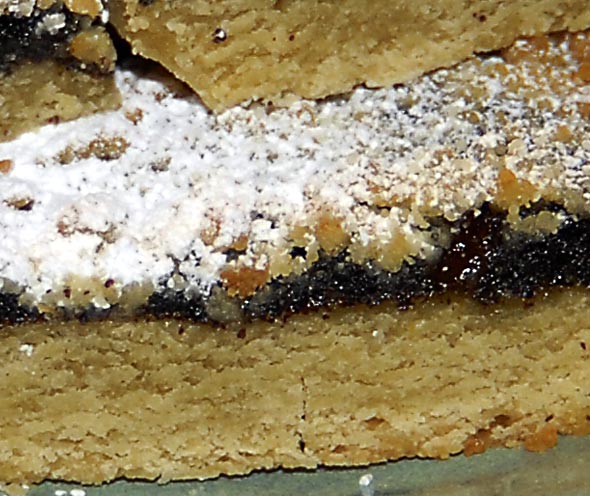No-Knead Multigrain Seed and Nut Loaf
A previous blog:
http://www.thefreshloaf.com/node/20460/banana-saga-%E9%95%B7%E7%AF%87%E6%95%85%E4%BA%8B
Last December a posting by Jaydot caught my interest http://www.thefreshloaf.com/node/21186/huge-amount-seeds-and-sugar
Her sister in law had brought a recipe back from South Africa, which seem a bit strange.
Mini Oven suggested it might be South African Seed Bread, while PmcCool suggested it could be a variation on the Cape Seed Loaf.
After I spent some time seeing what Google had to offer on these subjects I concluded the two things they all had in common was a lot of seeds and no sourdough in sight. It seemed like a fun formula to play with, so I set out trying to come up with a reasonable sourdough version of a seed loaf.
By the end of February, I had a reasonably satisfactory loaf - on my fifth try. When I compared notes with Jaydot, I found that she had independently gotten a loaf that her sister in law found acceptable as well.
I picked up her use of caraway seed and maple syrup as something I wanted to try. So, I dropped the Chia seed and brown sugar I had used, and added her idea of maple syrup and caraway seed. Both proved their worth in the eating of my version number 6.
Number Six had nine (9) types of seed, two (2) types of nuts; six (6) types of flour plus maple syrup and toasted sesame seed oil. I was afraid to calculate the calorie count, but I am certain a person could gain weight on a diet of this bread and water, alone.
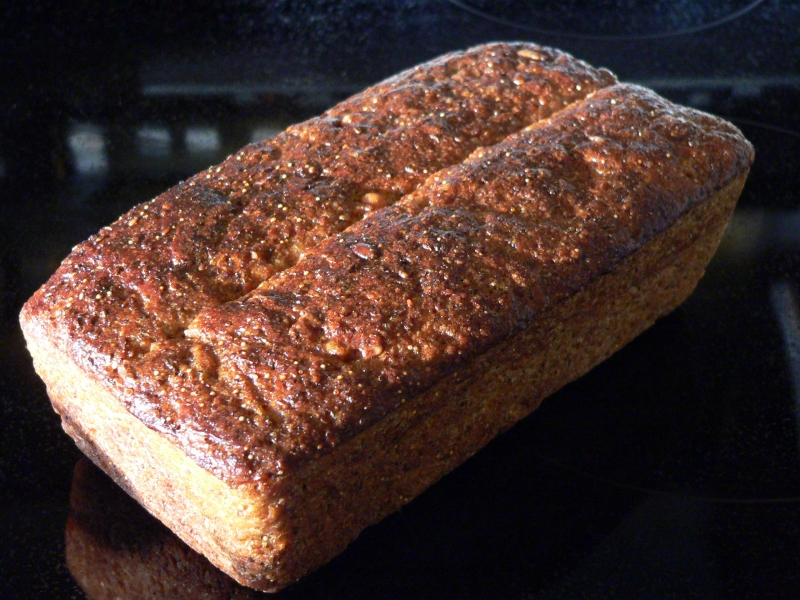
The loaf was 718 grams going into the oven and 665 grams at the time it came out of the oven. The instant internal temperature reading was 209ºF (98ºC).
The crumb was as nice, if not better, than the previous version 5 and both v-5 and v-6 were by far the best of the six loaves tested thus far. Texture wise, I feel the better crumb is due to the minimal kneading. The first 4 test loaves were all kneaded gently, but in a rather normal letter fold method common to most of my loaves. I felt that the extremely high nut and seed content did more damage to the gluten during kneading than could be offset by any benefits gained. So, in both v-5 and v-6, I basically switched to a no-knead method, and it seems to have made a major improvement in the openness of the crumb.
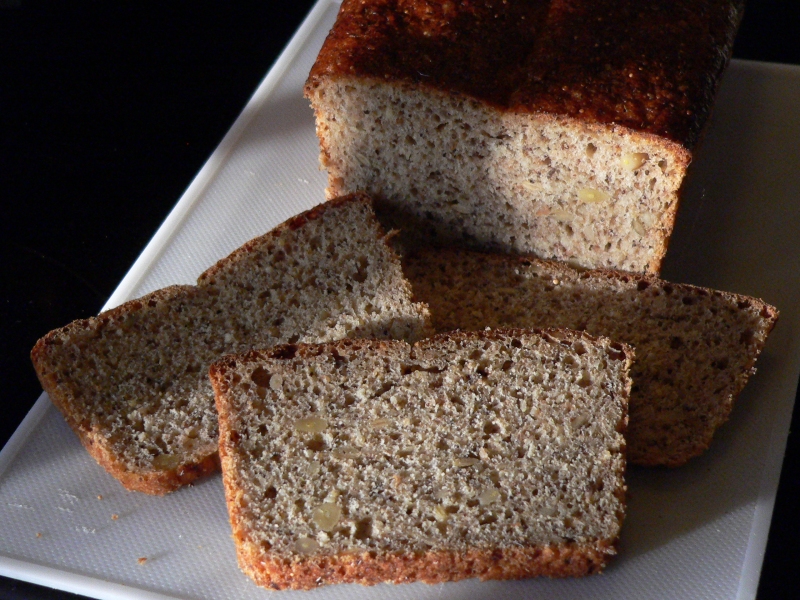
All six versions had excellent keeping properties, when kept at room temperature in a simple a bread box.
The sourdough was a 3 build levain using KAF AP flour, and was a baker's 94.2%.
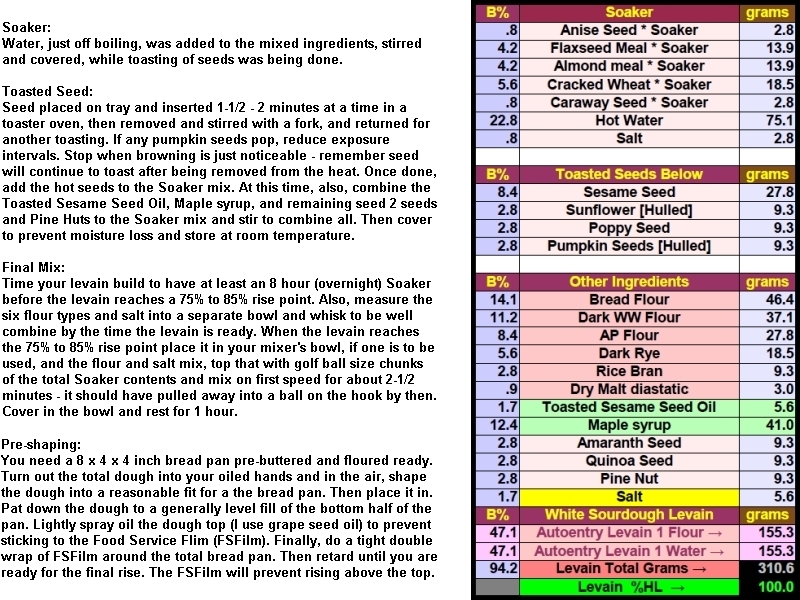
The final rise for this loaf was 7 hours in a proof box at 82ºF( 27.8ºC). By that point it was pressing tightly against the FSFilm. I removed the FSFilm, scored top with 1 whole length center scoring. Bread pan place in a Turkey Pan. The bread pan was elevated from direct bottom contact by two SS knives.
The oven stones were removed from the cold oven. One cup of water was brought to a boil and the boiling water then poured into bottom of the turkey pan and the lid placed on at once, and the turkey pan and its contents were all placed in the cold oven on the lowest rack position. The oven was set to 450ºF (232º C).
With this fabricated "Dutch Oven" - formed from the turkey pan - resting at the lowest position, the constant heat of the electric oven's lower element, while raising the oven's internal heat to its highest setting, maintains the bottom of the "Dutch Oven" well above boiling temperature for 15 to 18 minutes. Steam visibly issues from the oven vent from about 3 minutes into the baking until about 18 minutes.
At 20 minutes, the Dutch Oven's lid was removed, oven heat set to 400ºF (204º C) for the balance of the baking, and the oven door held open by about 1/2" (12 mm) to vent any steam during the remaining 25 minutes of the baking. At the end of the total 45 minute baking, the oven was turned off and the loaf removed from both oven and bread pan. The loaf was placed on wire to cool for two hours. Then it was placed in a bread box at room temperature overnight, before being cut.
At this point, I have no ideas on what I may do different when I bake version 7. In fact, I might just repeat making this same formula, before trying any other possible improvements. Perhaps, that will change
but, for the moment, I am satisfied. ;-)
=====Update: March 18, 2011
Version 7 Seed Loaf has a few changes and , to my taste, is even better. A PDF with full details and photos can be seen at this link:
https://docs.google.com/viewer?a=v&pid=explorer&chrome=true&srcid=0B_MScoZfDZkwZDNlNzk3ZjktYmQ3NC00YWZjLWI1MTgtOTg1MmMxNTM1NGZk&hl=en
=====
110307 Next blog:
http://www.thefreshloaf.com/node/22562/sourdough-crackers



